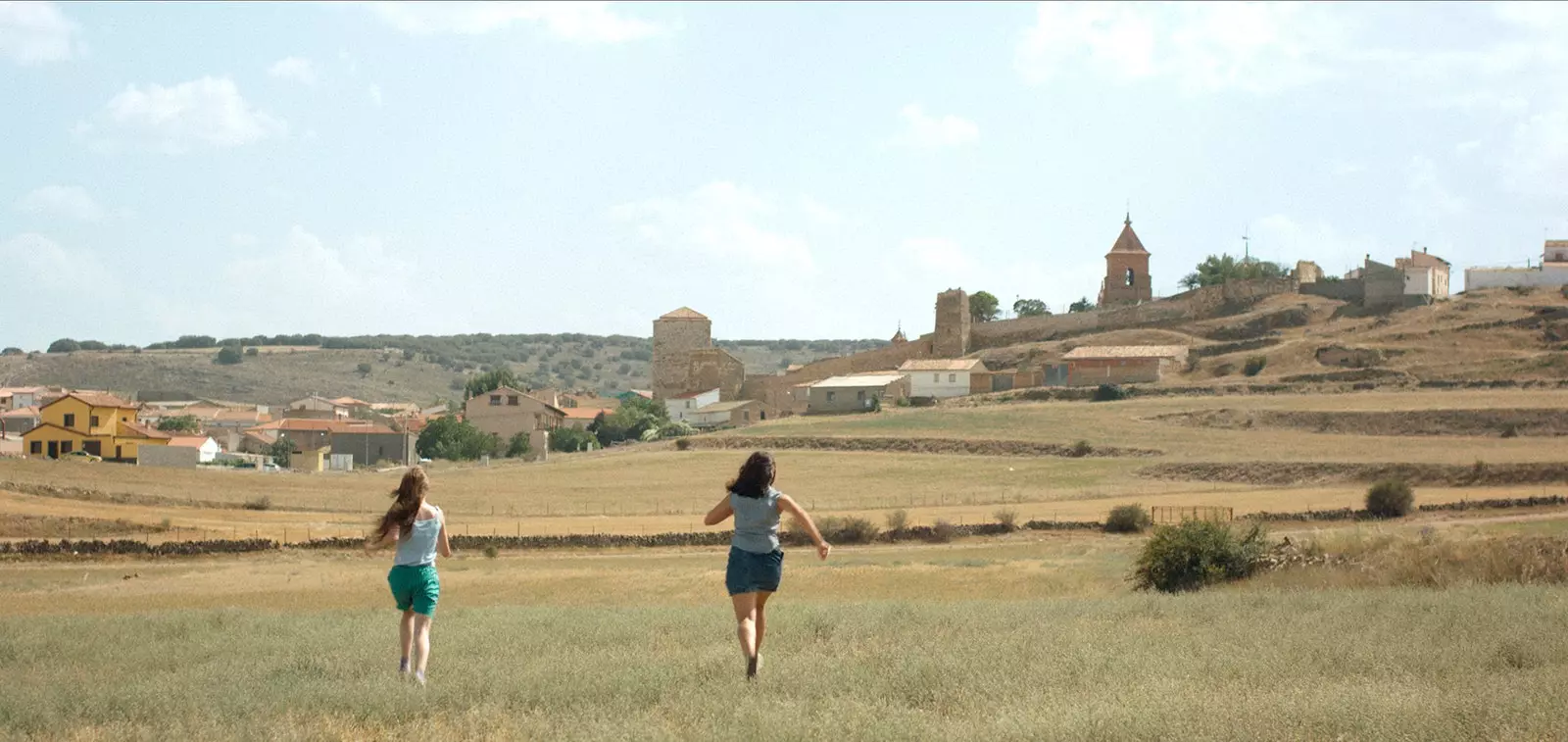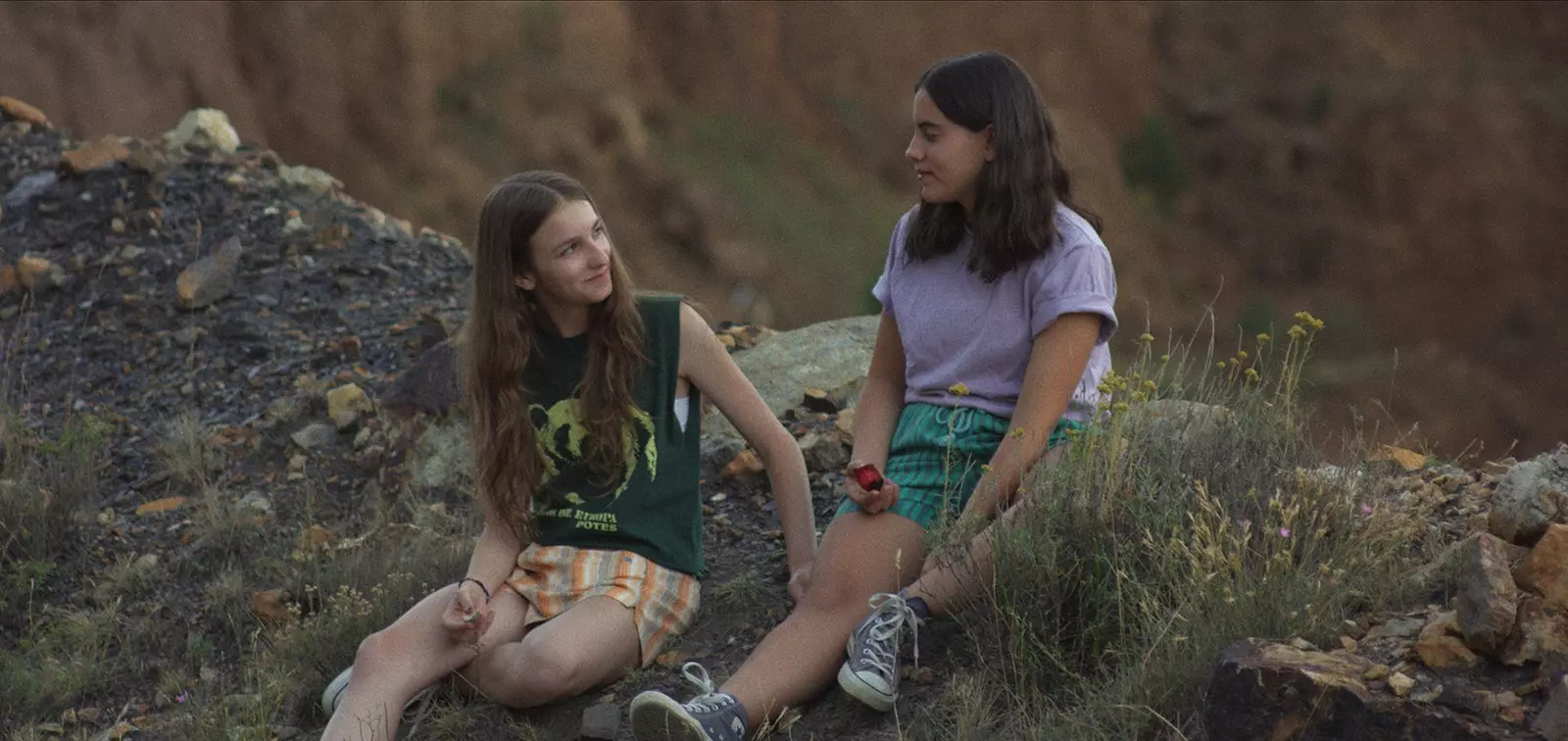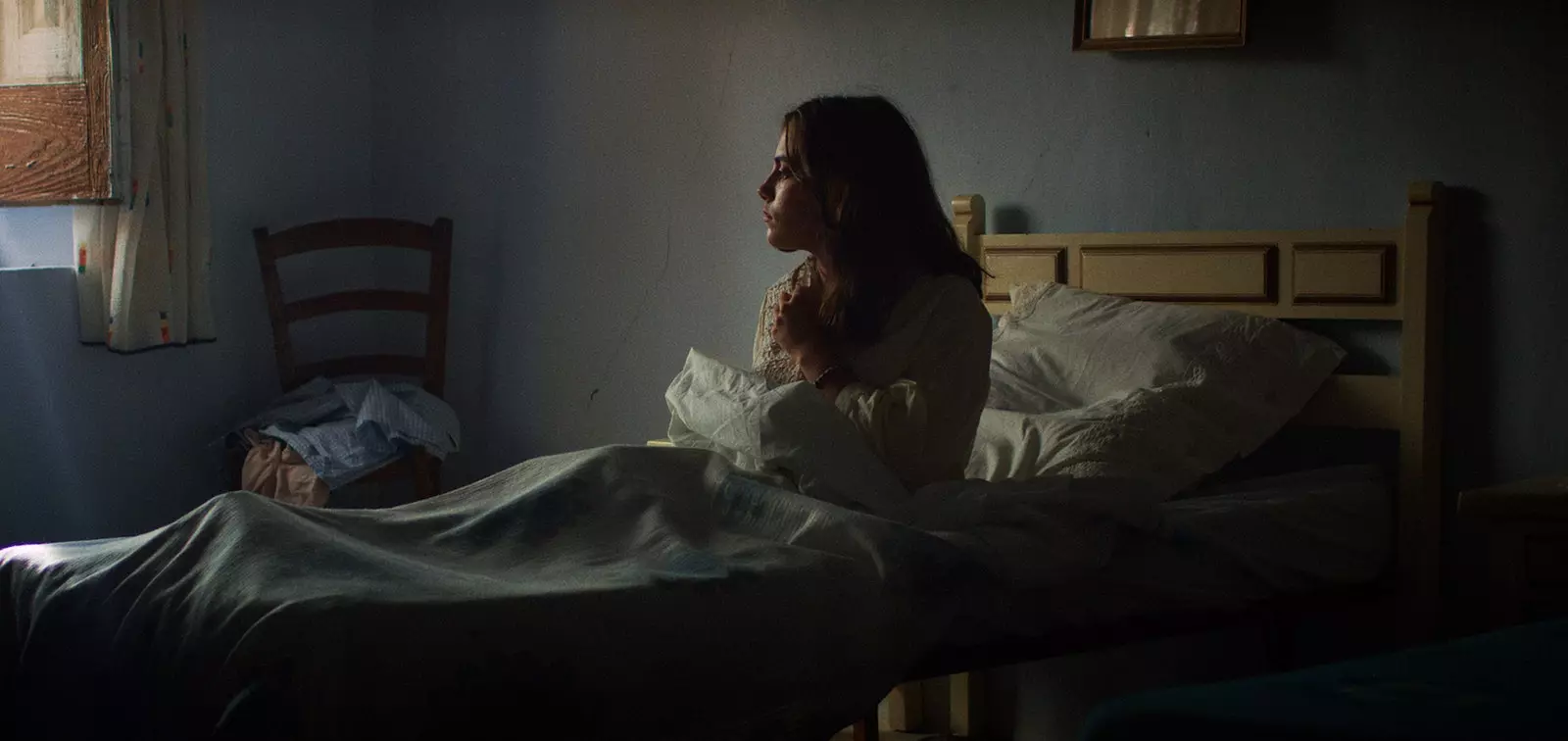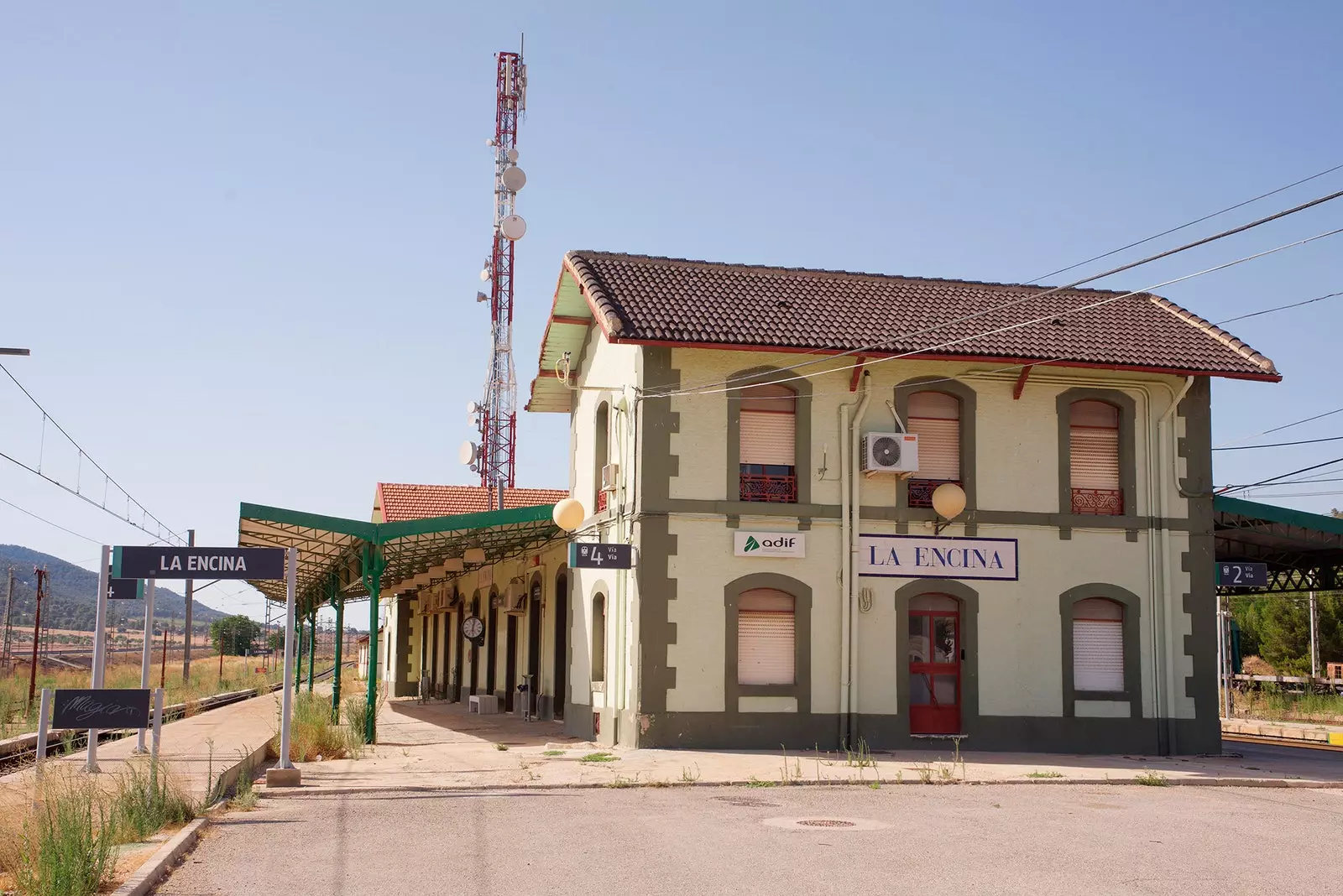
Ojos Negros, a look at the emptied Spain
Most of my childhood and teenage summers were spent in a town of emptied Spain. emptied, yeah . Which is not empty. Because its inhabitants have not been leaving that Spain of their own free will, but forgetfulness and inattention by the public powers have brought this part of our territory to this situation. They have been emptied.
This, of course, I did not know until I got a little older and was able to understand that that small railway town in the Alto Vinalopó was my first contact with dryland Spain , rural and had been a victim of depopulation. It had gone from 1,200 inhabitants in the 1960s to 126 in 2016.

The friends of the town. Forever.
It was recently, in front of a screen, when, through the black eyes movie - opens in theaters this July 19 -, I felt again something similar to what I lived during those vacations.
There are two ways to get to the small **municipality of Ojos Negros, in Teruel **. One, by road. The other, through this homonymous film, directed by Marta Lallana and Ivet Castelo and winner of the Biznaga de Plata for Best Film in the Zonazine section at the Malaga Festival . The film narrates a summer in the life of Paula, who, at the age of 14, has to spend her vacations at the house of her grandmother and her aunt, whom she barely knows and with whom she cannot fully connect emotionally. .
there, in that suffocating atmosphere of the Aragonese countryside, where the streets, landscapes and even her grandmother's house offer such extreme tranquility that it seems overwhelming, Paula meets Alicia, a girl her age who takes her out of the boredom that seems to lurk at every moment.

The town house, always the same.
The movie masterfully depicts that feeling of suffocating heat inside falling heavy and plumb on us. And he transfers it to us through the photography carried out by Jorge Basterretxea , director of photography. Those who have tried to take a nap without a fan or air conditioning, on those endless summer days away from the sea, will know what I'm talking about.
the streets of black eyes they remind me of those of that town where I passed the first summers of my life. The 65 minutes of this film take me on a journey to two places at once and back in time. It makes me feel the rough paint on the facades of the houses on my fingertips. Visualize its extensive fields of ocher color . And pay attention to their long silences, only broken by the eternal cicadas or by the crunch of the gravel under the weight of the few, very few, cars that cross them, since the roads are still unpaved.
I would eat a Lemon Legs sitting on those iron swings, watching the trains go by in front of the station without hardly stopping at it. There was a time when the train filled that little town from Alicante, almost from La Mancha, with life. Today, it is a true railway sanctuary. On the main promenade of the small district belonging to Villena, a metal sculpture recalls what was its main activity for decades: "La Encina a susraileros".
Black Eyes, in Teruel, It reminds me of La Encina, in Alicante. Both belong to that Spain emptied, neglected and aged in which we think so little from the cities and on which we depend so much.

Ojos Negros, in Teruel, reminds me of La Encina, in Alicante
In our country, 30% of the national territory concentrates 90% of the population , the emptied Spain is the one that has been left out of all this. What is in the middle of that other centralizing Spain, with Madrid at the head, which launches radials at full speed in an AVE that does not have time to stop in the middle of the countryside, towards cities like Barcelona , Malaga , Bilbao either Valencia .
Before, roads like the N-5 crossed inhabited places. Now, those roads and towns have been emptied due to highways that take us faster to our destination, isolating us from the road and from what we could find between that vast natural and human landscape. Many were those who left their towns looking for a better fate in the provincial capitals and many others, those who had to leave these to return to look for it in the big capitals.
Black eyes, in the Jiloca region , owes its name, so disastrous and beautiful, at the same time, to the iron mines , known as black holes, which were an important economic engine in the area until they closed in 1987. As in the case of La Encina, the disappearance of its main activity notably influenced population fluctuations, going from about 2,000 inhabitants in 1960, to 377 in 2018.
The one with Black Eyes is a mineral rich land , a good account of this is given, in addition to the iron mines, by the royal salt mines that were in operation until the middle of the 20th century.
The town also preserves the remains of its important historical past and has an interesting heritage in the old town, such as the medieval castle, dating from the fourteenth century, or the parish church of Nuestra Señora del Pilar, of the 18th century, and around which the town is articulated.
Going back to Paula's hot days without a beach in the film, she and her grandmother appear in a scene watering the plants in a pretty little patio full of flowers and trees at sunset.
I didn't have to make any kind of effort to visualize myself in that same situation, going out to the patio of the town house to water, together with my aunt Emilia and my grandmother, the rosebushes, dompedros and passion flowers, around eight in the afternoon, when the interior heat of that emptied Spain that I had to live in relaxed and, together with the freshness of the irrigation water and the petrichor, gave the respite that institutions have not yet been able to give these rural territories still awaiting the arrival of better times.
